PARTICIPATING UNIVERSITIES
The Centre is formed by a consortium of seven Australian universities led by University of Tasmania, University of NSW and Australian National University. Other Australian University partners are The University of Western Australia, Curtin University, The University of Melbourne, and the University of Canberra. The Centre is formally partnered with 30 international and national organisations including CSIRO, the Australian Antarctic Division, and Geoscience Australia.

University of Tasmania
The University of Tasmania (UTas) team will have a major focus on field and remote sensing observations, as well as ecosystem modelling. UTas will bring expertise specifically in Antarctic geology and geophysics, physical and biogeochemical oceanography, paleoceanography, and marine and benthic ecology. Researchers will use a combination of traditional and innovative observing platforms to contribute to all three research programs of ACEAS. UTas researchers will make use of laboratory and remote sensing data as well participate in the Denman, Bunger Hills and Marginal Ice Zone campaigns to deliver new field observations.

Australian National University
The Research School of Earth Sciences (RSES) at ANU brings expertise in Antarctic paleoclimate, Southern Ocean paleoceanography, marine geochemistry, ocean modelling and remote sensing of the East Antarctic ice sheet. The RSES research team will contribute to all three research programs of ACEAS, including model development and marine and terrestrial field campaigns.

University of New South Wales
The University of New South Wales (UNSW) team will study Antarctic and Southern Ocean climate processes, with a focus on the dynamics and interactions of the coupled ocean-atmosphere-ice system. UNSW will also bring expertise in paleoclimate, paleoglaciology, ocean biogeochemistry, and ocean and climate modelling from regional to global scales. The UNSW team will contribute to all three research programs of ACEAS, analysing observations, developing new modelling platforms and participating in the marine and terrestrial field campaigns.

University of Melbourne
The University of Melbourne team will investigate the boundary layer processes at the ice-ocean interface using cutting edge turbulence-resolving computation, laboratory experiments, and theoretical analysis, aiming to evaluate the roles of meltwater buoyancy, horizontal currents, tides, and wave breaking on basal melting.

University of Western Australia
The University of Western Australia (UWA) brings to the project expertise in crustal geophysics and subglacial geology, as well as expertise in studying interactions of solid earth, cryosphere and hydrosphere in Antarctica. The UWA will provide data analysis and modelling to understand conditions at the ice sheet bed, to understand sensitivity of the ice sheet to geology, and to help interpret detrital records and their links to the past ice sheet.

Curtin University
The Remote Sensing and Satellite Research Group (RSSRG) at Curtin University will work on improving the use of satellite ocean colour remote sensing with a view to better understanding long-term changes in the Southern Ocean phytoplankton ecosystem in response to physical and climatic drivers.

University of Canberra
The University of Canberra has expertise in paleo-ice sheet behaviour, and will lead field campaigns utilising glacial geomorphology, quaternary geochronology and environmental tracers to reconstruct the response of the Denman-Shackleton system and other parts of the East Antarctic margin to past climate variability.
